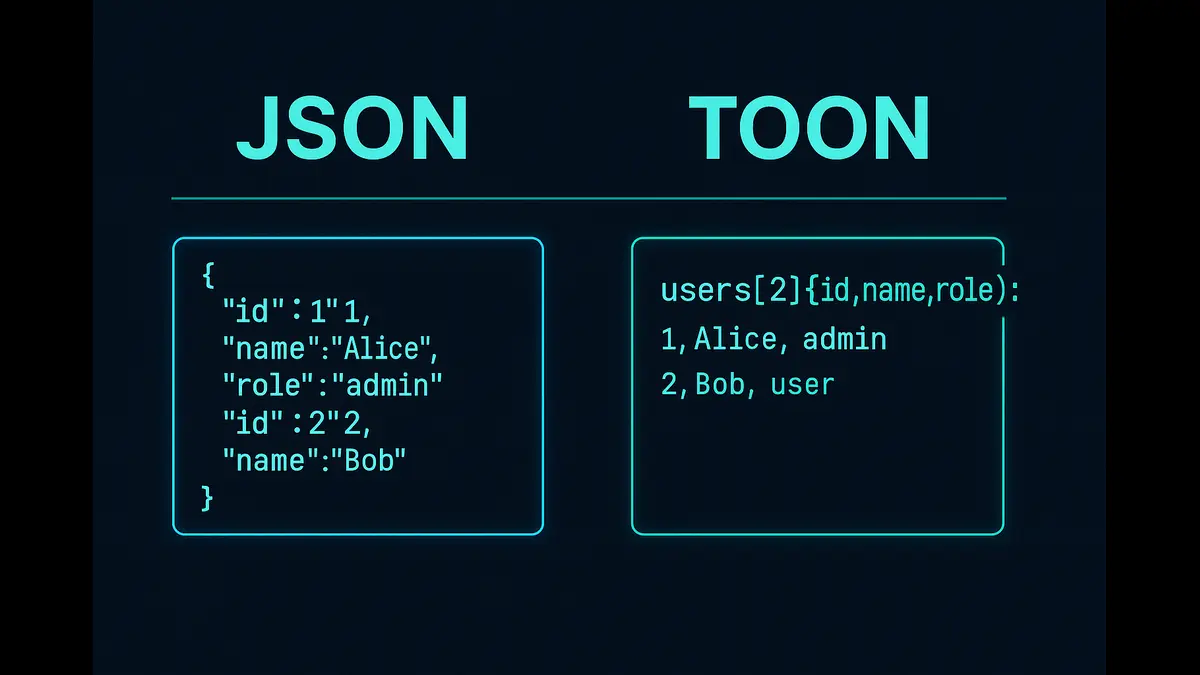
Google and Yale have unveiled Cell2Sentence-Scale 27B, a Gemma-based AI model that discovered a new cancer therapy pathway involving silmitasertib and low-dose interferon—validated through lab experiments and marking a leap for AI-driven biomedical research.
In a groundbreaking advancement for artificial intelligence (AI) in biomedical research, Google, in collaboration with Yale University, has introduced Cell2Sentence-Scale 27B (C2S-Scale), a 27-billion-parameter foundation model built on the Gemma family of open models. This model marks a significant milestone in single-cell computational biology, demonstrating the power of large-scale AI to interpret complex biological systems and generate actionable hypotheses. C2S-Scale has identified a novel pathway for enhancing cancer immunotherapy by amplifying antigen presentation in specific immune contexts, with experimental validation confirming its predictions. This article explores the technical framework, methodology, and implications of this discovery, highlighting its potential to transform cancer treatment and AI-driven scientific discovery.
Scaling Laws: From Language to Cellular Systems
The development of C2S-Scale 27B builds on the concept of scaling laws, a principle well-established in natural language processing, where larger models with more parameters exhibit enhanced capabilities in reasoning and abstraction. Google’s researchers hypothesized that similar scaling could unlock new insights in biological modeling. Unlike smaller models that excel at pattern recognition, large-scale models like C2S-Scale can capture higher-order interactions in cellular systems, enabling hypothesis generation.
C2S-Scale was trained on billions of single-cell gene expression profiles, treating each cell as a “sentence” and genes as “words” within a molecular language. This framework allows the model to understand contextual relationships between genes, proteins, and signaling pathways, akin to how language models predict coherent text. The model’s ability to propose a novel biological hypothesis—validated experimentally—demonstrates that scaling enables emergent capabilities, such as conditional reasoning in biological contexts.
Addressing the Challenge of “Cold” Tumors
A critical challenge in cancer immunotherapy is the prevalence of “cold” tumors, which evade immune detection due to insufficient antigen presentation. Unlike “hot” tumors, which express immune-stimulating molecules like major histocompatibility complex class I (MHC-I), cold tumors remain invisible to cytotoxic T-cells, rendering immunotherapies like checkpoint inhibitors ineffective. Enhancing MHC-I expression selectively in tumor cells is a promising strategy to make these tumors “hot,” but non-specific amplification risks immune toxicity.
C2S-Scale 27B was tasked with identifying a drug that acts as a conditional amplifier, boosting MHC-I expression only in an “immune-context-positive” environment with low levels of interferon—a key immune-signaling protein insufficient to induce antigen presentation alone. This required the model to perform context-dependent reasoning, a capability that smaller Gemma models (e.g., 2B and 7B parameters) could not achieve.
Methodology: Dual-Context Virtual Screening
To address this challenge, researchers designed a dual-context virtual screening approach to evaluate over 4,000 drug candidates across two distinct biological settings:
- Immune-Context-Positive: Patient-derived tumor samples with active tumor-immune interactions and low-level interferon signaling.
- Immune-Context-Neutral: Isolated tumor cell lines lacking immune context.
The model simulated the transcriptional and signaling outcomes of each drug in both contexts, predicting which compounds would selectively enhance MHC-I expression in the immune-context-positive setting. This approach prioritized patient-relevant outcomes, ensuring clinical relevance. Of the drug candidates identified, 10–30% were known from prior literature, validating the model’s accuracy, while the remaining candidates were novel, with no previously documented link to antigen presentation.
Discovery: Silmitasertib as a Conditional Amplifier
Among the candidates, C2S-Scale 27B highlighted silmitasertib (CX-4945), a selective inhibitor of casein kinase 2 (CK2). The model predicted a significant “context split”:
- In the immune-context-neutral setting, silmitasertib had no effect on MHC-I expression.
- In the immune-context-positive setting with low interferon levels, silmitasertib amplified MHC-I expression by approximately 50%.
This prediction was novel, as CK2’s role in immune modulation, while documented, had not been linked to conditional enhancement of antigen presentation. The identification of silmitasertib as a potential amplifier represents a testable hypothesis generated entirely through AI-driven analysis, showcasing C2S-Scale’s ability to uncover new biological insights.
Experimental Validation: Confirming the Hypothesis
To validate this hypothesis, Yale researchers conducted in vitro experiments using human neuroendocrine cell models, a cell type not included in C2S-Scale’s training data, ensuring the model’s predictions generalized beyond its training set. The results aligned closely with the model’s predictions:
| Treatment Condition | Observed Effect on MHC-I Expression |
|---|---|
| Silmitasertib alone | No measurable change |
| Low-dose interferon alone | Mild upregulation (~10%) |
| Silmitasertib + low-dose interferon | Significant synergistic upregulation (~50%) |
The combination of silmitasertib and low-dose interferon produced a synergistic effect, increasing antigen presentation by approximately 50%, making tumors more visible to the immune system. These results were reproducible across multiple experimental batches, confirming the reliability of C2S-Scale’s in silico predictions. This validation marks a rare instance where an AI-generated hypothesis transitioned seamlessly to experimental confirmation.
Implications for Cancer Immunotherapy
The identification of silmitasertib as a conditional amplifier offers a promising lead for enhancing cancer immunotherapy. By selectively boosting MHC-I expression in immune-context-positive environments, this approach could improve the efficacy of immunotherapies for cold tumors, such as those in pancreatic or neuroendocrine cancers. Silmitasertib, already under clinical investigation for other indications, benefits from an established safety profile, potentially accelerating its evaluation in combination trials with interferon or checkpoint inhibitors.
This discovery also highlights the potential of combination therapies, where multiple drugs work synergistically to achieve robust therapeutic effects. Yale researchers are now exploring the molecular mechanisms underlying this synergy, with preliminary evidence suggesting that silmitasertib modulates interferon-response genes and chromatin accessibility, potentially via the STAT1/IRF1 pathway. Further studies will clarify these mechanisms and evaluate their applicability across diverse tumor types.
A Blueprint for AI-Driven Drug Discovery
C2S-Scale’s success establishes a new paradigm for AI-assisted drug discovery. Unlike traditional virtual screening, which focuses on drug-target binding affinity, C2S-Scale predicts functional outcomes at the systems level, capturing complex interactions among genes, pathways, and cellular states. This systems-level approach enables the model to propose context-specific hypotheses, reducing the experimental burden on researchers by prioritizing high-potential candidates.
The dual-context screening methodology—comparing immune-context-positive and -neutral settings—demonstrates how AI can model microenvironmental influences, a critical factor in personalized medicine. This framework could extend beyond oncology to other diseases where context-specific interventions are needed, such as autoimmune disorders or neurodegenerative conditions.
Open Access and Community Collaboration
Google has made C2S-Scale 27B and its resources publicly available to the research community, including model checkpoints, pretrained embeddings, and documentation for virtual screening pipelines. This open-access approach democratizes access to high-capacity biological modeling, enabling researchers worldwide to build on this work. By fostering collaboration and standardizing benchmarking protocols, Google and Yale aim to accelerate the translation of AI-driven insights into clinical applications.
Future Directions
The validation of C2S-Scale’s hypothesis is an early but significant step toward clinical translation. Future research will focus on:
- Mechanistic Studies: Elucidating the molecular pathways linking CK2 inhibition to MHC-I upregulation, potentially identifying new therapeutic targets.
- Expanded Tumor Types: Testing the silmitasertib-interferon combination in other immune-cold tumors, such as melanoma or pancreatic cancer.
- Multi-Drug Screening: Using C2S-Scale to predict synergistic effects of drug combinations, enhancing therapeutic precision.
- Clinical Translation: Conducting preclinical and clinical trials to evaluate safety, dosing, and efficacy in patients.
While promising, these findings still remain preclinical, requiring extensive validation before clinical application. It has been emphasized in the research to adhere to rigorous safety testing and dose optimization to ensure therapeutic viability.
The release of Cell2Sentence-Scale 27B represents a transformative moment in AI-driven biomedical research. By leveraging the computational power of a 27-billion-parameter model, Google and Yale have uncovered a novel cancer therapy pathway involving silmitasertib and low-dose interferon, validated through rigorous laboratory experiments. This discovery not only offers a promising lead for enhancing cancer immunotherapy but also establishes a scalable framework for AI-assisted hypothesis generation. As the research community builds on C2S-Scale’s capabilities, this model promises to accelerate the pace of biomedical discovery, translating the complex language of cells into actionable treatments for cancer and beyond.
Discover more from Poniak Times
Subscribe to get the latest posts sent to your email.






